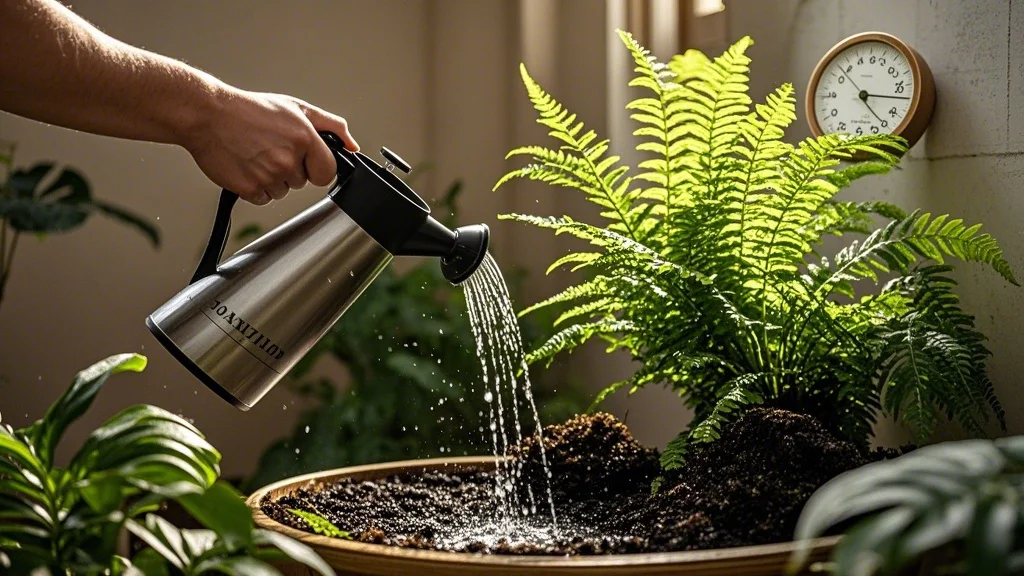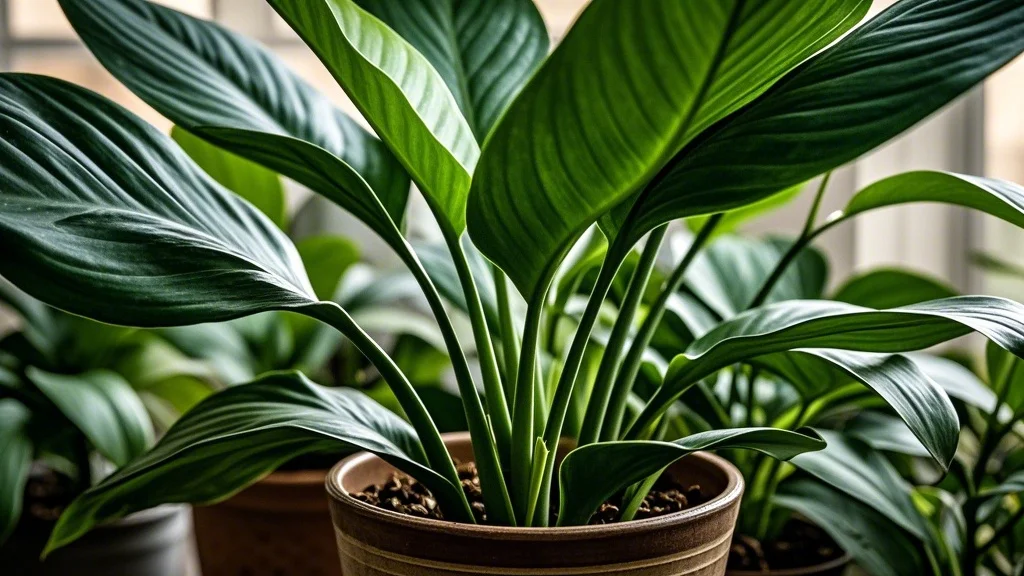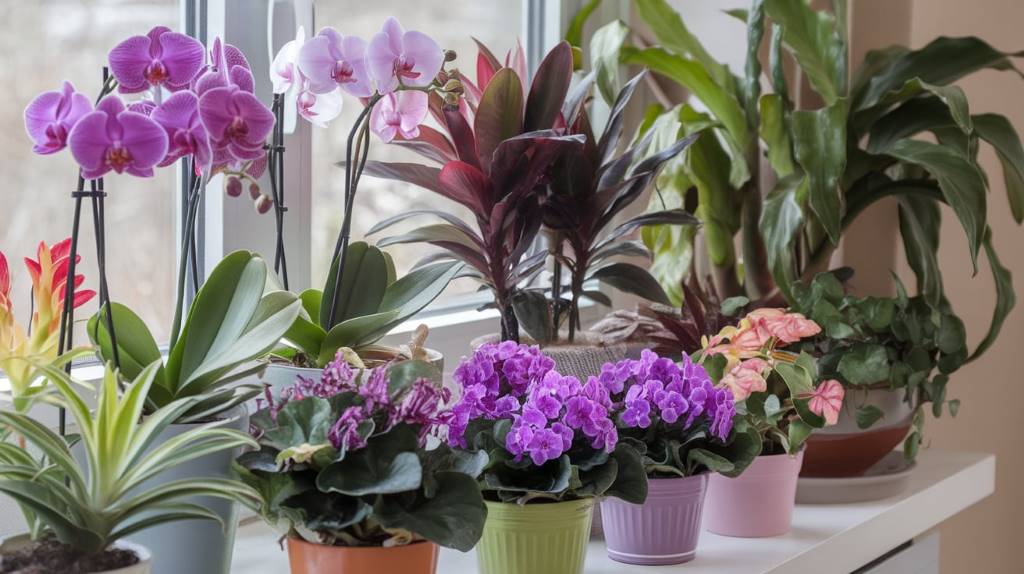For many plant enthusiasts, the concept of dormancy can be perplexing. After all, we often associate plant health with visible growth and lush foliage. However, dormancy is a crucial phase in a plant’s life cycle, especially for those native to regions with distinct seasons. This article will explore the subtle yet significant changes that occur during these rest periods and how to provide appropriate care for your plants during dormancy.
Contents
- 1 Understanding Plant Dormancy
- 2 Growth During Dormancy: A Closer Look
- 3 Caring for Dormant Plants
- 4 Breaking Dormancy: Signs to Watch For
- 5 Common Misconceptions About Dormancy
- 6 Case Studies: Dormancy in Different Plant Types
- 7 The Role of Dormancy in Plant Evolution
- 8 Climate Change and Plant Dormancy
- 9 Conclusion
Understanding Plant Dormancy
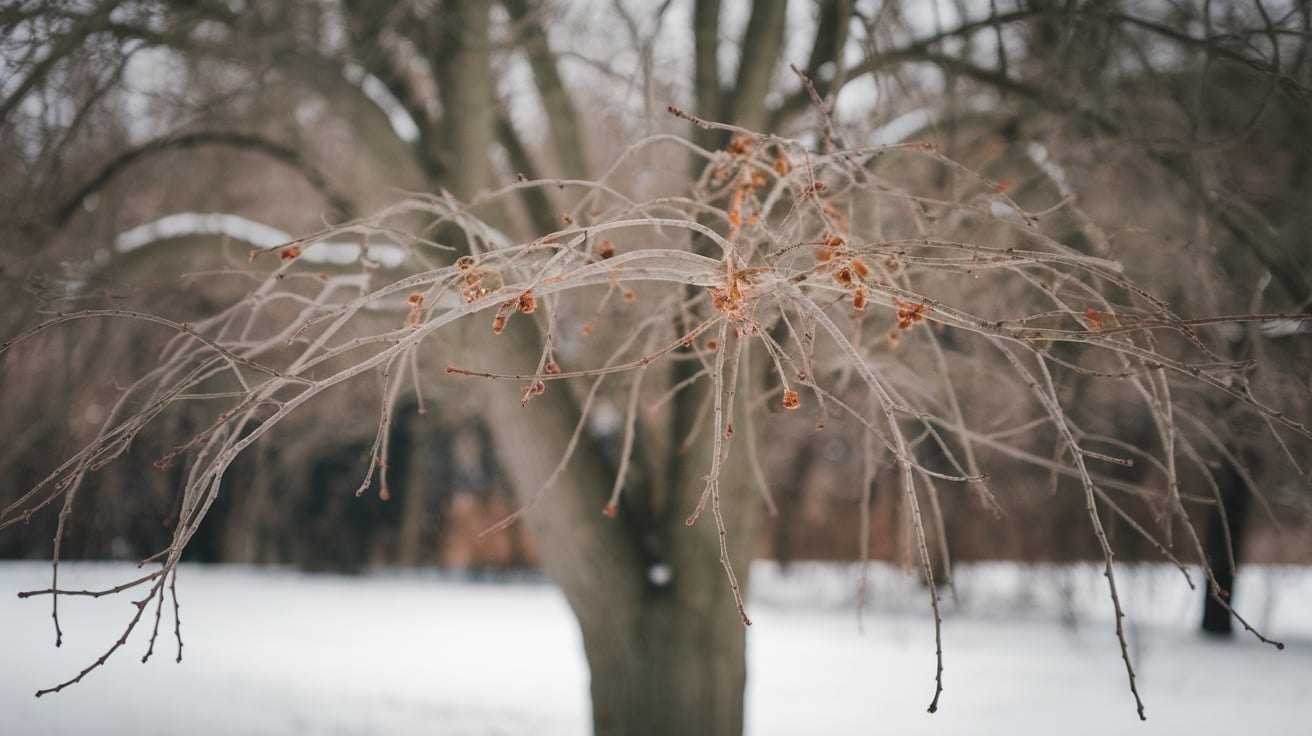
Dormancy is a plant’s way of conserving energy and resources during unfavorable growing conditions, typically in winter or dry seasons. It’s a survival mechanism that allows plants to withstand harsh environmental conditions and emerge stronger when favorable conditions return.
Types of Dormancy
- Winter Dormancy: Common in temperate climate plants, triggered by shorter days and cooler temperatures.
- Summer Dormancy: Occurs in plants from hot, dry climates as a response to drought and heat.
- Predictive Dormancy: Some plants enter dormancy based on environmental cues before conditions become unfavorable.
Growth During Dormancy: A Closer Look
While dormancy is often associated with a cessation of growth, the reality is more nuanced. Plants continue to undergo subtle changes and developments, even if they’re not immediately visible to the naked eye.
Root Development
One of the most significant areas of growth during dormancy occurs below the soil surface. Many plants redirect their energy to root development during this period. This focus on root growth allows plants to:
- Expand their nutrient absorption capacity
- Improve water uptake efficiency
- Establish a stronger foundation for future above-ground growth
Cellular Changes
At a microscopic level, plants undergo various cellular changes during dormancy:
- Cold Hardiness: Cells modify their membranes and accumulate sugars to prevent freezing damage.
- Hormone Regulation: Changes in hormone levels prepare the plant for breaking dormancy when conditions improve.
- Enzyme Activity: Some enzymes become more active, preparing the plant for rapid growth once dormancy ends.
Bud Development
While it may not be visible, many plants use the dormancy period to develop and protect next season’s buds:
- Deciduous trees and shrubs form leaf and flower buds during late summer and fall.
- These buds remain in a state of suspended animation throughout winter.
- Internal changes within the buds prepare them for rapid expansion in spring.
Caring for Dormant Plants
Understanding the subtle growth processes during dormancy can help you provide better care for your plants during this crucial period.
Watering
While dormant plants require less water, they still need some moisture:
- Reduce watering frequency but don’t stop entirely.
- Allow the soil to dry out more between waterings.
- For outdoor plants, ensure good drainage to prevent waterlogging.
Temperature
Maintaining appropriate temperatures is crucial for dormant plants:
- Most dormant plants prefer cooler temperatures.
- Avoid exposing plants to extreme temperature fluctuations.
- For indoor plants, move them away from heat sources.
Light
Even during dormancy, light plays a role in plant health:
- Reduce artificial light for indoor plants to mimic natural seasonal changes.
- For outdoor plants, consider providing shade for those that experience summer dormancy.
Fertilization
Dormant plants generally don’t require fertilization:
- Stop fertilizing at the onset of dormancy.
- Resume fertilization gradually as the plant shows signs of breaking dormancy.
Pruning
Dormancy can be an ideal time for pruning certain plants:
- Prune deciduous trees and shrubs during winter dormancy.
- Avoid pruning spring-flowering plants during winter dormancy, as you may remove developing buds.
Breaking Dormancy: Signs to Watch For
As favorable conditions return, plants will naturally break dormancy. Signs to look out for include:
- Swelling of buds
- Emergence of new growth
- Increased water uptake
- Color changes in stems or leaves
Common Misconceptions About Dormancy
Myth 1: Dormant Plants Are Dead
Many novice gardeners mistake dormancy for death, especially in deciduous plants that lose their leaves. However, dormant plants are very much alive, just in a state of rest.
Myth 2: All Plants Go Dormant in Winter
While many temperate plants experience winter dormancy, tropical plants and those adapted to different climates may not have a true dormancy period.
Myth 3: Dormant Plants Don’t Need Care
As we’ve discussed, dormant plants still require care, albeit different from their active growing season needs.
Case Studies: Dormancy in Different Plant Types
Deciduous Trees
Deciduous trees like maples and oaks showcase dramatic dormancy:
- They shed leaves in autumn to conserve energy.
- During winter, they focus on root growth and bud development.
- In spring, they rapidly produce new leaves using stored energy.
Bulbs
Many popular garden flowers, like tulips and daffodils, grow from bulbs:
- These plants have a summer dormancy period.
- During this time, they store energy in their bulbs.
- Root growth occurs in fall, preparing for spring flowering.
Cacti and Succulents
Many desert plants have adapted to summer dormancy:
- They slow growth during hot, dry periods to conserve water.
- During this time, they may shrivel slightly but remain alive.
- Growth resumes when temperatures cool and moisture increases.
The Role of Dormancy in Plant Evolution
Dormancy is not just a survival mechanism; it’s a key factor in plant evolution:
- It allows plants to synchronize their growth with favorable environmental conditions.
- Dormancy helps plants colonize new areas by timing seed germination.
- It contributes to biodiversity by enabling plants to occupy various ecological niches.
Climate Change and Plant Dormancy
As global climates shift, plant dormancy patterns are being affected:
- Some plants are experiencing shorter dormancy periods.
- Others are struggling to meet their chilling requirements for proper dormancy.
- These changes can lead to mistimed flowering and reduced plant fitness.
Conclusion
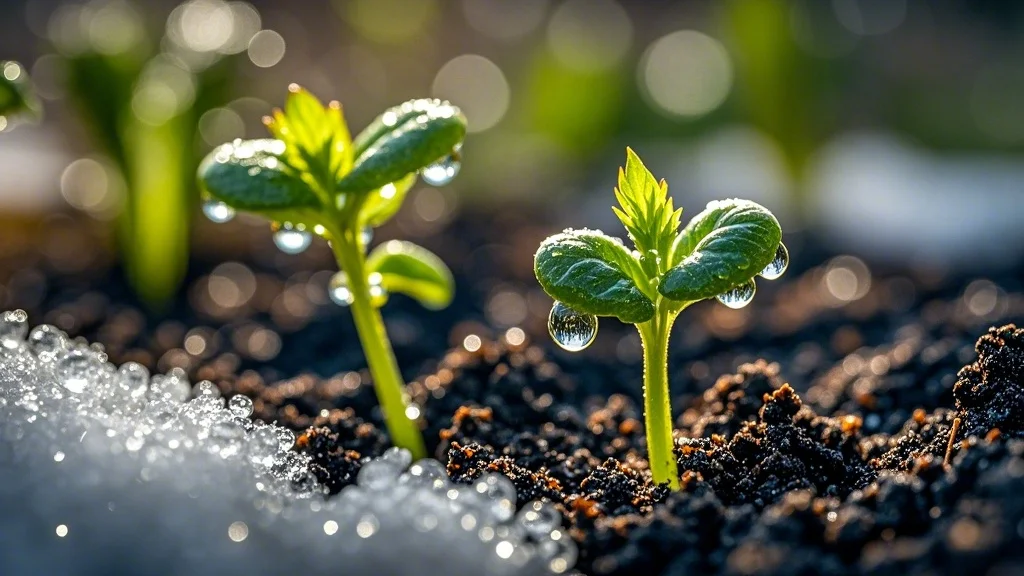
While dormancy may appear to be a period of inactivity, it’s clear that significant processes are at work beneath the surface. Understanding these subtle growth patterns and providing appropriate care during dormancy is crucial for maintaining healthy plants year-round. By respecting this natural cycle and adjusting our care routines accordingly, we can ensure our plants emerge from their rest periods ready to thrive in the growing season ahead.
Remember, each plant species may have unique dormancy requirements, so it’s always beneficial to research the specific needs of your plants. With patience and proper care, you’ll be rewarded with vibrant, healthy plants when they awaken from their dormant state.

